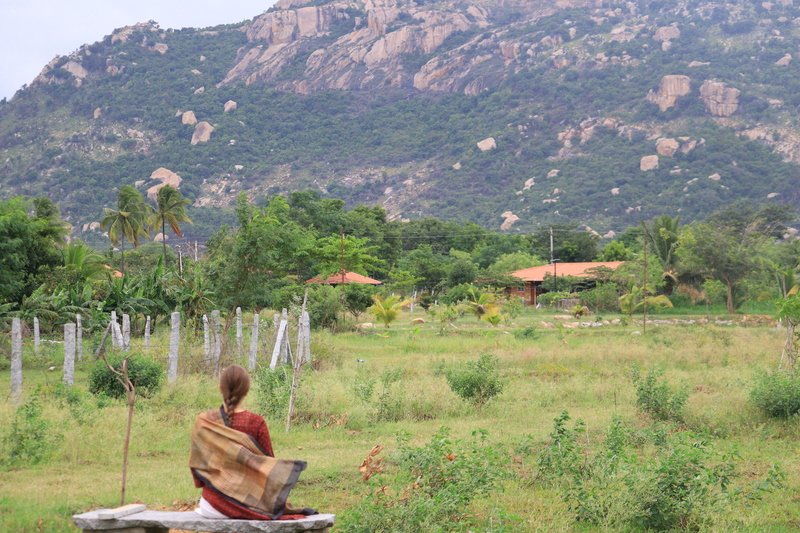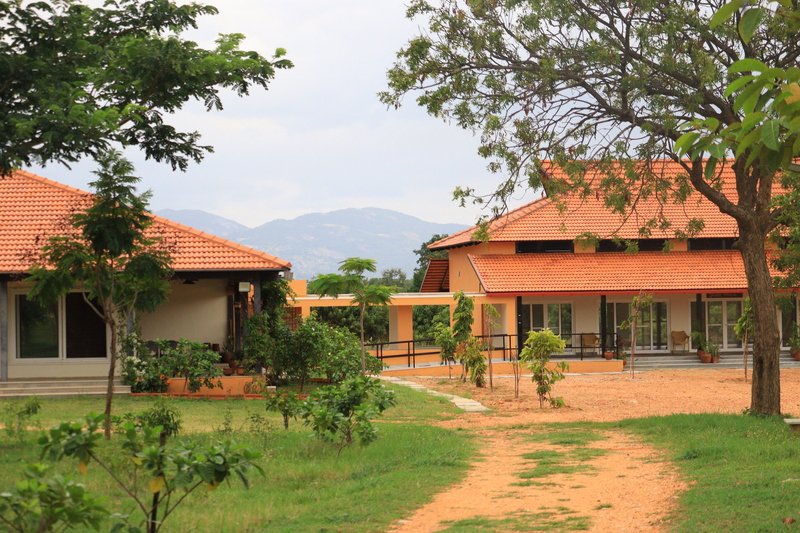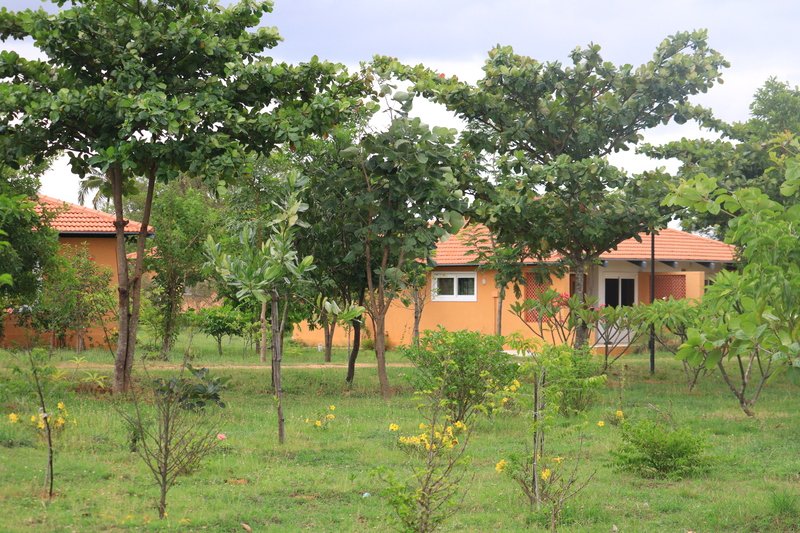
One can practice Seva as a way to transcend one’s own mind, and the inner peace gained from Sadhana can be reflected in interaction with the outside world.”
— Sri M
A girl of about ten or twelve was once seen absorbed in wiping the floor at a Gurudwara. There was a quiet glow on her face — a radiance that spoke of a state beyond excitement, untouched by the need for approval, recognition, or reward. It was the serenity of completeness — an offering born of love and innocence, seeking nothing in return. Can this be called Seva?
The word Seva originates from the Sanskrit root ‘Sev’, which carries the meanings to serve, to worship, or selfless action. In its essence, Seva is an action in which the self does not calculate in terms of profit or loss, competition or comparison. It is not a game of numbers or achievements, but the quiet movement of love expressing itself through action.

Is that an easy state to reach? Rarely. Either one is blessed, as that young girl seemed to be, or one must walk towards it through Sadhana. Just as the practice of meditation is not the same as the state of meditation, walking the path of Seva is not the same as being Seva. Just as Dānam (offering) arises from the core of one’s being, Seva too carries the fragrance of an inner core purified through awareness, humility, and surrender.
In the words of Sri M
“Selfless service purifies the mind. It cleanses the mirror of the heart so that Truth may be reflected clearly. When work is done as an offering — without pride, without seeking reward — it ceases to bind and begins to liberate.”
— Sri M, “The Journey Continues”
Sri M reminds us that Seva is not merely the act of doing good, but a profound means for chitta shuddhi — the purification of the mind. When the ego steps aside and action flows selflessly, the heart becomes lighter and the mind clearer. “Through service done without expectation,” he says, “the impurities of selfishness begin to fall away, and the divine light within starts to shine unobstructed.” In this way, Seva becomes both a practice and a grace — a bridge between action and realization.

Those who sincerely walk this path and wish to remain inwardly honest soon discover that Seva is an inner discipline as much as an outer act. One may follow Bhakti through Nama Smaran or Bhajan-Kirtan, or the path of Jñāna or Dhyāna in solitude. But Seva calls us to live our Sadhana amidst relationships — in connection with the Guru and Guru-bandhus — where awareness and compassion are tested in daily life.
To serve in harmony with others is to refine oneself continuously — to watch the subtle play of likes and dislikes, pride and possessiveness, and to gently return to the space of offering. It is not a battle against the ego, but a gradual purification through love, humility, and remembrance of the higher purpose.

When visitors come to The Sacred Grove and remark that “there is something different here,” remember — what they are sensing rests upon the quiet practice of Seva carried by many hearts.

The peace and stillness that they often speak of are the natural fragrance of minds made lighter through service — the compassion of the Consciousness personified through the Master. The yearning in each heart to find completeness nurtures the tender seeds of Seva in the quiet, nature-rich sanctity of The Sacred Grove.
We invite you to join this fulfilling journey — a journey of receiving and offering Seva, where giving and grace become one.
